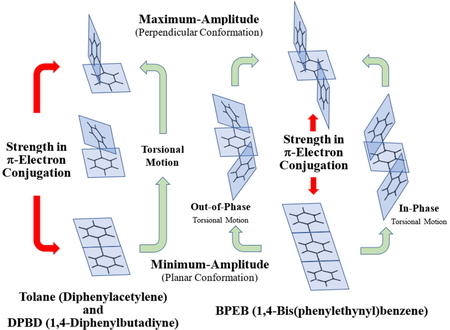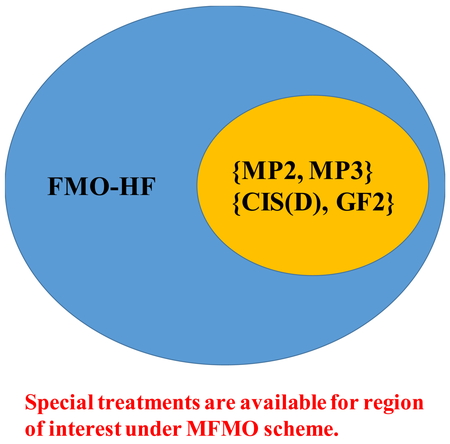Volume 23, Issue 1
Special Issue: Selected Papers from the Annual Autumn Meeting 2023
Displaying 1-14 of 14 articles from this issue
- |<
- <
- 1
- >
- >|
Foreword
-
2024Volume 23Issue 1 Pages A1
Published: 2024
Released on J-STAGE: April 11, 2024
Download PDF (314K) Full view HTML
Software News and Review
-
2024Volume 23Issue 1 Pages A2-A8
Published: 2024
Released on J-STAGE: April 11, 2024
Download PDF (1144K) Full view HTML
Commentary
-
2024Volume 23Issue 1 Pages A9-A14
Published: 2024
Released on J-STAGE: May 08, 2024
Download PDF (487K) Full view HTML
Letters (Selected Paper)
-
2024Volume 23Issue 1 Pages 1-3
Published: 2024
Released on J-STAGE: March 20, 2024
Download PDF (1455K) Full view HTML -
2024Volume 23Issue 1 Pages 4-8
Published: 2024
Released on J-STAGE: March 20, 2024
Download PDF (677K) Full view HTML -
2024Volume 23Issue 1 Pages 9-12
Published: 2024
Released on J-STAGE: March 31, 2024
Download PDF (1441K) Full view HTML -
2024Volume 23Issue 1 Pages 13-18
Published: 2024
Released on J-STAGE: April 26, 2024
Download PDF (1751K) Full view HTML -
2024Volume 23Issue 1 Pages 19-23
Published: 2024
Released on J-STAGE: May 08, 2024
Download PDF (2635K) Full view HTML -
2024Volume 23Issue 1 Pages 24-26
Published: 2024
Released on J-STAGE: May 21, 2024
Download PDF (556K) Full view HTML -
2024Volume 23Issue 1 Pages 27-29
Published: 2024
Released on J-STAGE: May 29, 2024
Download PDF (1406K) Full view HTML -
2024Volume 23Issue 1 Pages 30-32
Published: 2024
Released on J-STAGE: June 27, 2024
Download PDF (909K) Full view HTML -
2024Volume 23Issue 1 Pages 33-36
Published: 2024
Released on J-STAGE: June 29, 2024
Download PDF (1940K) Full view HTML
Letters (SCCJ Annual Meeting 2023 Autumn Poster Award Articles)
-
2024Volume 23Issue 1 Pages 37-39
Published: 2024
Released on J-STAGE: June 29, 2024
Download PDF (1272K) Full view HTML -
2024Volume 23Issue 1 Pages 40-43
Published: 2024
Released on J-STAGE: July 12, 2024
Download PDF (1266K) Full view HTML
- |<
- <
- 1
- >
- >|












